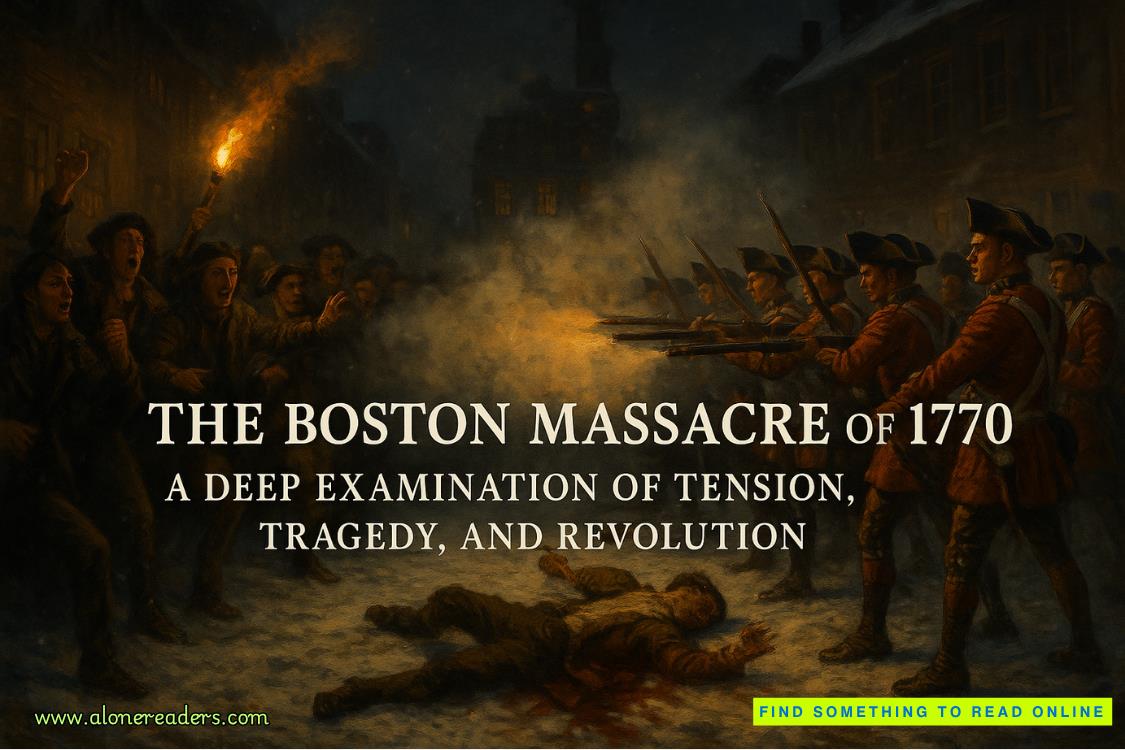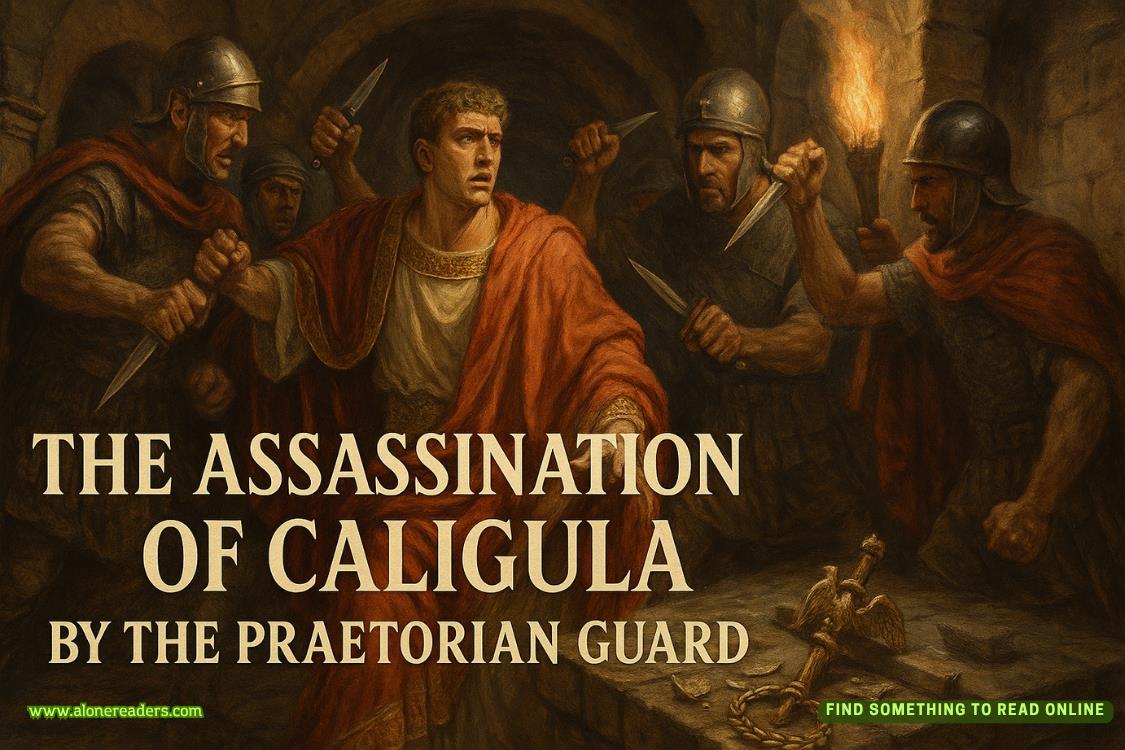iii. Haddington is a small hamlet of residential and agricultural buildings, situated approximately 300 metres north of the River Witham and a mile south of the ancient Roman road to Lincoln, known as the Fosse Way, which is now a major highway. Satellite imagery suggests that the walk from Haddington to Bassingham would take approximately 45 minutes, via either the Thurlby Road or Bridge Road bridges. It would also be possible, and within the stated context significantly safer, either to cross by the weir at the end of Mill Lane or to ford the river at one of its narrower points and make one’s way to Bassingham’s outskirts through the low-lying fields in which, reportedly, the crops sometimes grew to above head-height.
iv. The veracity of a claim such as this is not within this report’s remit. It is sufficient to observe that, in common with many similar accounts, this section of the transcript serves to demonstrate that the appellants perceived a high enough level of risk for their covert evacuation to be organised by older members of the community.
v. The nearest government military installation to Bassingham/Haddington is at RAF Waddington, six miles to the east; this equates to approximately 90 minutes’ walk, or 30 seconds’ flight time. Squadrons based at RAF Waddington are predominantly surveillance-oriented; the nearest ground-attack aircraft are based instead at RAF Coningsby, which is a further twenty-one miles – or 60 seconds’ flight time – to the east. Aircraft based here include the Eurofighter Typhoon, which carries the Paveway IV laser-guided bomb system (using a modified Mk-82 general-purpose bomb with increased penetrative abilities and an optional air-burst fusing system) as well as the Mauser BK-27 revolver cannon and AGM-65 Maverick, AGM-88 HARM, Storm Shadow and Brimstone air-to-surface missiles.
vi. Satellite imagery does in fact indicate that between Haddington and the river lie the remains of what is believed to be a former manor or grange, with a series of raised earthworks, ditches, ponds and a former medieval dovecote providing few clues as to the original form or function of the building, or to the identity of its once wealthy inhabitants. There is however no current evidence to support these claims of recent excavation, or burial.
vii. Understood to be a reference to the Prince William of Gloucester (PWOG) barracks, located on high ground to the east of Grantham, overlooking both the town and all major north–south routes. The base, while also serving as a logistics and training centre, is home to five squadrons of government army reservists known as the ‘Territorial Army’. These are soldiers not ordinarily resident within the barracks, but rather spread widely across the region, embedded in civilian positions and not uniformed until such time as their services are required. They are available to
be called into service at very short notice, and can move to active patrol readiness within a matter of hours.
viii. Unconfirmed.
ix. Due to their ages at the time, and the lack of independent verification from the period in question, the exact route taken by the appellants and their associates/guardians is impossible to verify. But it can be noted here that a walking route directly south from Bassingham and Haddington would pass close by the PWOG barracks, and in any case through territory where any civilians may have been unidentified ‘Territorial Army’ personnel. An alternative route is likely therefore to have led through the area around North and South Raunceby, heading towards the fens which run alongside Forty Foot Drain. On this route, visibility could have been clear as far as the coast, and any approach would have been observed from some distance. There are also in this area numerous culverts and ditches which serve to drain the fields, as well as assorted agricultural buildings such as sheds, workshops and barns, any of which may have been suitable as hiding places or places of shelter or refuge.
x. This chronology is supported by an extract from the testimony of Appellant F, in section 24.5 of transcript 72: ‘I was worried about it, yeah. Of course. I knew we weren’t going to be back for like a long time. My mum was all worried because I was so young, and she was scared of what might happen on the way, and plus it was such a long way. Yeah, so. She asked me not to go. But everyone else was going, so we all got like up for it and that and we went. This was November that year like. I was eleven, yeah? We were just walking, yeah?’
xi. This appears to refer to a route taken through the areas formerly known as Cambridgeshire, Bedfordshire, Hertfordshire and Essex. The route is unlikely to have been direct, being influenced by local militia movements during the period in question as well as by the uncertain motives and navigational abilities of the appellants’ guardians. The landscape along this route is for the most part of gently undulating farmland, dotted with quiet villages and isolated settlements and intersected by a network of river and canal systems. The relatively level terrain would have enabled the appellants and their associates to cover larger distances than might otherwise have been expected, depending on the security conditions and the available diet.
xii. It may be pertinent here to reproduce an instructional leaflet which was apparently in wide circulation during the period in question [Archival Reference LNS-2029-ff-201.01]: ‘Careful preparations should be made before setting out. Appropriate clothing should be worn, including proper stout and waterproof boots. Clothing necessary to keeping warm and dry should be worn or carried. Dressing in layers is recommended. Sun-cream and a sun-hat should be carried, as well as waterproof jacket and trousers. […] Take a small first-aid kit, and know how to use it: incidents may occur many miles from the nearest house or village, and even five miles can be a long way to walk with a broken ankle, shattered pelvis, or projectile wound. Never travel alone […], even for short periods of time. Take care when lighting fires. Always boil drinking water. Keep out of watercourses or flooded areas wherever possible. Note local information on landmine placement and other UXO or IED hazard, where such information can be trusted. […] Be very wary of strangers. Take careful note of weather forecasts and changing security conditions and be prepared to alter your plans accordingly. Never tell anyone where you are going. […]’
xiii. Some notes on landmines and other explosive devices follow, and may serve to illustrate this particular section of Appellant B’s testimony (which remains unverified, if compelling). With acknowledgments to the Explosive Hazards Advisory Group. Landmines are a cheap and effective weapon which can be deployed across large areas by relatively untrained combatants. Whilst the injuries caused by landmines are often, by design, not immediately fatal, they can lead to death unless rapid medical assistance is provided. Injuries typically include the severing or partial severing of limbs, evisceration, concussion, and severe loss of blood. Unless the victim is evacuated to an established medical centre, wounds sustained in the field will be vulnerable to infection. Some types of mine will be immediately fatal; these include those targeted at vehicles, as well as the ‘bounding’ type of mine designed to propel itself upwards before detonating its main explosive charge at a height of around three to five feet (i.e. waist- or chest-height). It should be noted that the strategic impact of landmines, and of Improvised Explosive Devices, is as much psychological as it is material; the loss of morale can be substantial, and the impact on the local civilian population is usually significant. Unauthorised movement of goods and personnel, and unwarranted refugee movements, can thus be easily prevented. When looking for landmines, visual clues can include ground colour distortion, depressions in the ground surface, variations in vegetation growth patterns, disturbed topsoil or even protruding elements of the device itself. A tactical understanding of the mine deployment can also provide clues. However, no path or area should be considered safe until it has been systematically checked, cleared, and declared as such.
xiv. See also the public testimonies collected in the publication, Some of the Boys Didn’t Make It [Committee for the Support of Returnees, Edinburgh Free Press, Edinburgh].
xv. Historically, the depopulated areas of eastern Essex were celebrated for their attraction to the leisure rambler and wildlife enthusiast; reference is made in published guidebooks from shortly before the period in question to ‘an ancient landscape of windblown salt-marshes, home to many thousands of over-wintering birds as well as a variety of vegetation such as bee orchid, yellow-wort, southern marsh orchid, sea buckthorn, teasel and trefoil, where footpaths wind along flood-defence banks, passing concrete pillboxes with rusting gun emplacements and an entrancing view of the coast.’ Although it has been noted that during the period in question this area would have seen a population increase as a result of displacement from the urban centres, the appellants’ claims in this section of the transcript do appear feasible and thus are considered valid for the purposes of appeal.
xvi. Verified. Note this reference, from the same guidebook referred to in FN xv: ‘Remember to bring your binoculars. Remember, also, that while this landscape can be evocative and memorable, it can also be disorientating, with many of the smaller paths and creeks not being marked on the map and tidal flows dramatically changing the topography within the space of a few hours.’ While the associates and guardians travelling with Appellants B and E would have been familiar with wetlands and tidal flows as a result of their geographical origins, it is indeed likely that groups moving through the area from other parts of the country may well have made navigational errors, with results as described in this section of the testimony.
xvii. See also the testimony of Appellant F, section 27.3 of transcript 72: ‘Yeah but actually they wouldn’t let us go and help. It was too dangerous and that. They told us we had to keep going.’
xviii. Much of this traffic was conducted not by political sympathisers but simply by economic opportunists, mainly drawn from a local population of fishing crews and ferrymen whose economic activity had been curtailed by the security situation. The boats were often not suited to cross-Channel passage, being typically overloaded and not stocked with life-jackets, food rations or other emergency supplies; passengers were expected to bring any supplies they deemed necessary for the voyage. It is not known how many boats failed to complete the voyages, which were usually conducted by night, but the testimony here does imply that the proportion of failures was known or believed to be high.
xix. Disputed by Prisoner J.
xx. This section redacted at the request of the relevant security services.
xxi. The following notes are drawn from an International Red Cross report referring to the period in question, and also from an account published in the Observer newspaper, with acknowledgments. The refugee centre on the outskirts of Sangatte, northern France, was based around a large warehouse building originally used by the builders of the now-defunct Channel Tunnel. Upwards of 1,600 people were housed there, in
an International Red Cross operation which attracted much controversy. (It is perhaps worth noting in passing that the centre was itself a successor to an earlier incarnation, many years prior to the period in question, which served to house the mainly African refugees and economic migrants attempting to gain entry to the UK.) The refugees slept in tents erected inside the warehouse, with newcomers or those for whom there simply wasn’t room sleeping on the concrete floor in the spaces between the tents. Toilet and washing facilities were rudimentary, and often in a poor state of repair. Food rations, usually consisting of bread, soup and hot drinks, were served each day. The refugees were free to come and go, and often made the long walk along a busy road into the town, looking for work, or to make phone calls, or simply for something to do. The refugees tended to organise themselves into groups by nationality, and as their residence became longer-term tensions naturally arose between the different groups. Periodically, the centre was closed down or heavily restricted by the authorities, resulting in large numbers of refugees retreating to the woodland which lay along the high ground overlooking the coast.
xxii. Disputed by Prisoner J, in trial evidence which was ruled proven following sealed submission made by Control Order Subject 00345/B. [Archival Reference HC/7825/P34.03.87; viewing by application only.]
xxiii. This section of the testimony, referring to the forced clearance of all northern refugee sites by French militias believed to have been funded by rogue elements within the French government, is well supported by numerous documentary sources both contemporaneous and retrospective. [See, primarily, vols 2–5 of The Displacement Testimonies, De Waarheids Uitgeverij, The Hague: a well-annotated collection of eyewitness accounts and official memoranda, in Dutch and English.]
xxiv. See also testimony of Appellant F, section 32.4 of transcript 72: ‘Yeah, they came with guns, with tanks, they killed loads of people, […] some people.’
xxv. See also testimony of Appellant F, section 32.6 of transcript 72: ‘And loads of people were like abducted, captured yeah? I don’t know what happened to them, I don’t know what happened to them even now like.’
xxvi. See also testimony of Appellant F, section 32.9 of transcript 72: ‘The ones who could swim, they swam like. They weren’t even […] there was an attack […] everyone got in and loads of people, they like I guess they drowned or something, they couldn’t swim yeah? It weren’t even that far to the boats, it was just like a few hundred metres or something. But I knew how to swim from when I was a kid […]’
xxvii. This section redacted at the request of the relevant security services.
xxviii. This section redacted at the request of the relevant security services.
xxix. The appellants’ chronology is inconsistent with the historical record here, although it should be noted that such confusion on the part of returning refugees is not unusual. It appears likely that the appellants spent a period of eight or nine years (following the five years in the area of Sangatte) in a series of displaced persons camps in the Netherlands. Their return to the former UK appears to have been prompted by the Dutch government’s declaration that the draft peace agreement was in force and that displaced persons would no longer be supported within the territory of the Netherlands. It is likely that the appellants’ return was via one of the cargo ships which was utilised for mass repatriation at this time, disembarking at Tilbury (which was held, under the terms of the draft peace agreement, by opposition groups).
xxx. The following extract from a widely circulated public information sheet on internal travel, archived during the later stages of the period in question, may serve to illuminate this section of the appellants’ testimony: ‘When declaring a lift-share request, choose a spot where approaching vehicles have both sufficient time to see you and sufficient space to stop safely. Consider routes leading away from the roadside in the event of possible threat. Make eye contact with passing drivers, but maintain a neutral expression. Be patient. Once a lift has been offered, briefly discuss your destination and that of the driver’s while assessing the condition of the vehicle and state of the driver and other occupants. Whilst in the vehicle, make light conversation as prompted by the driver, taking care to avoid politics, religion or the recent security situation. Familiarise yourself with the door and window mechanisms adjacent to your seat; if the central locking has been activated you may still be able to effect an exit using the window.’















